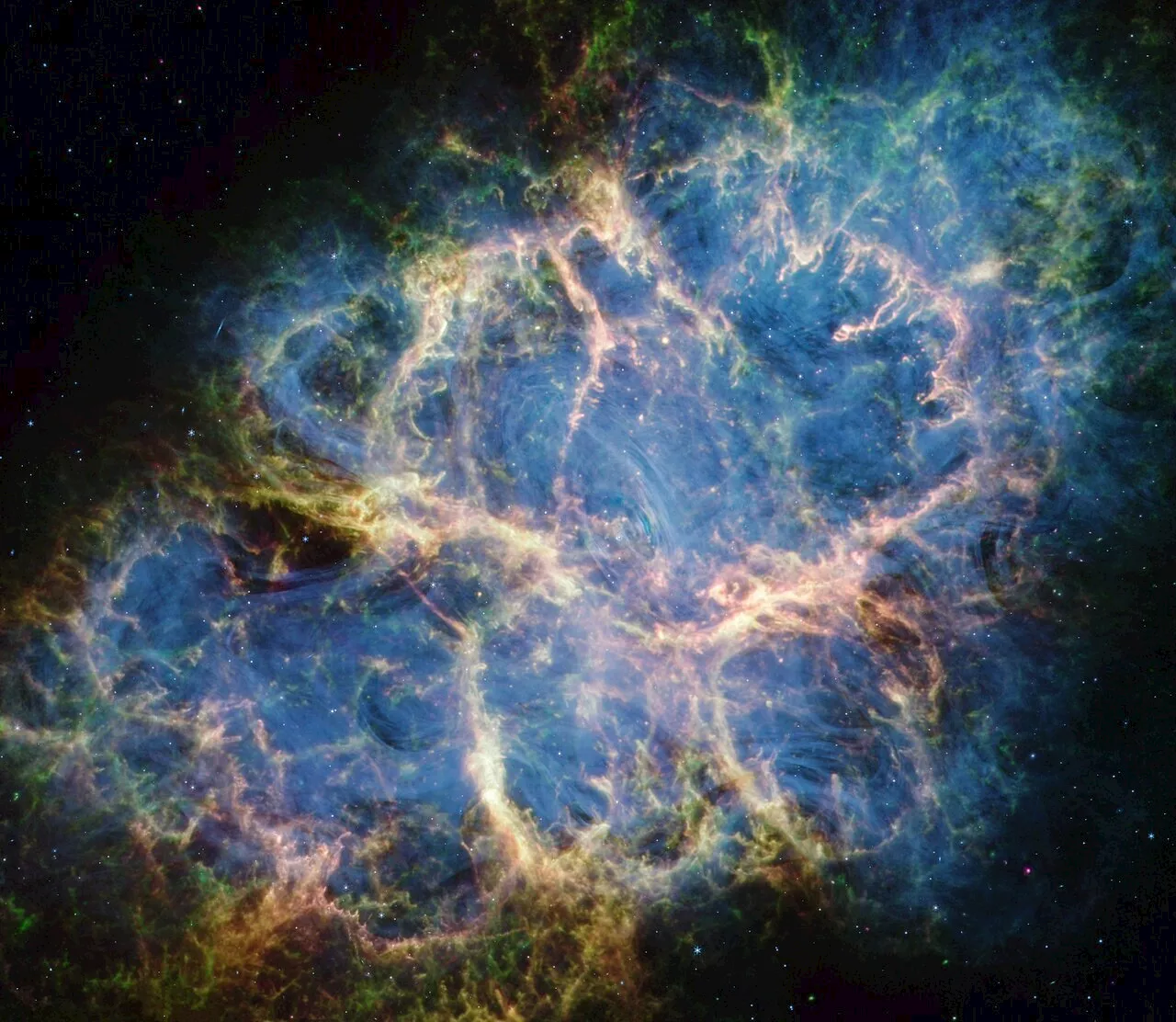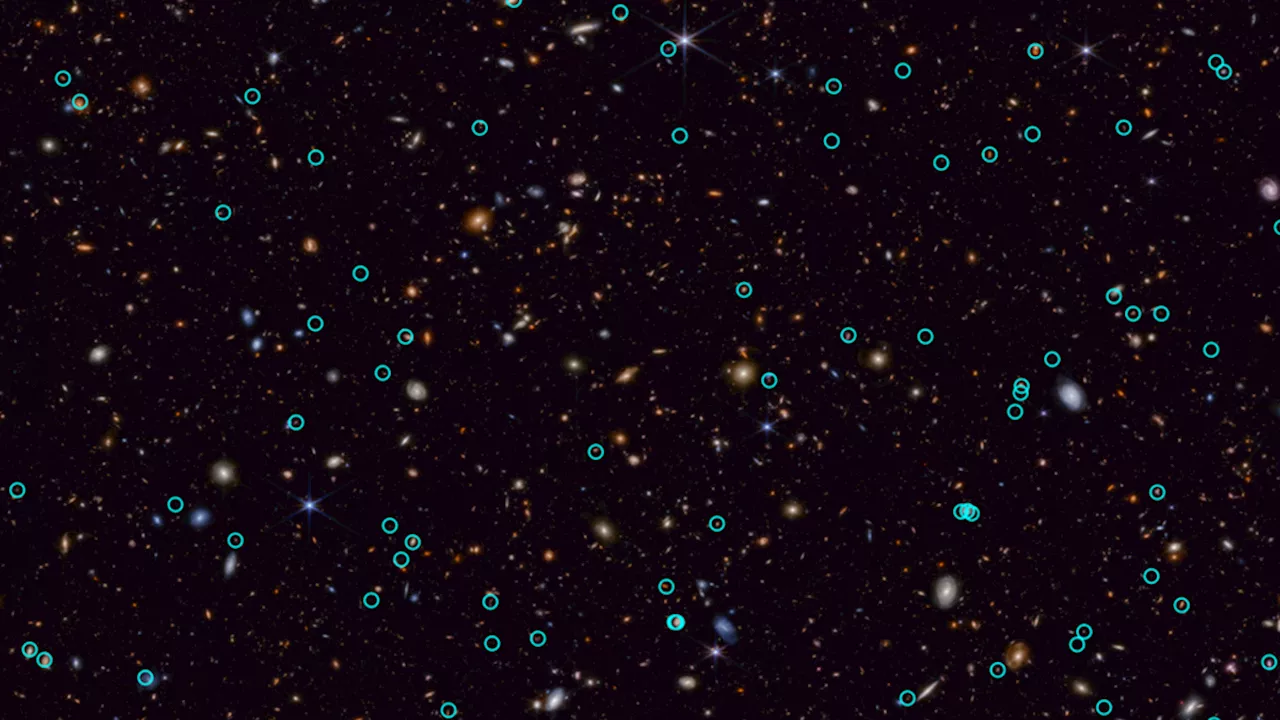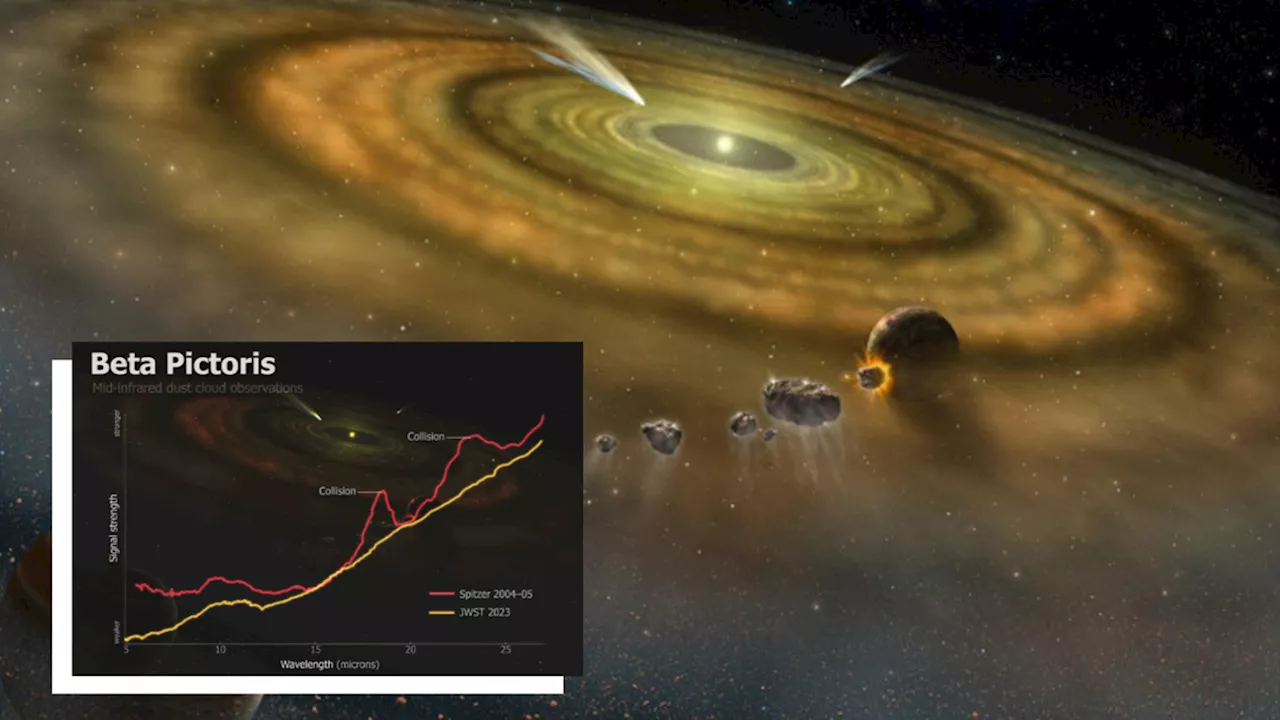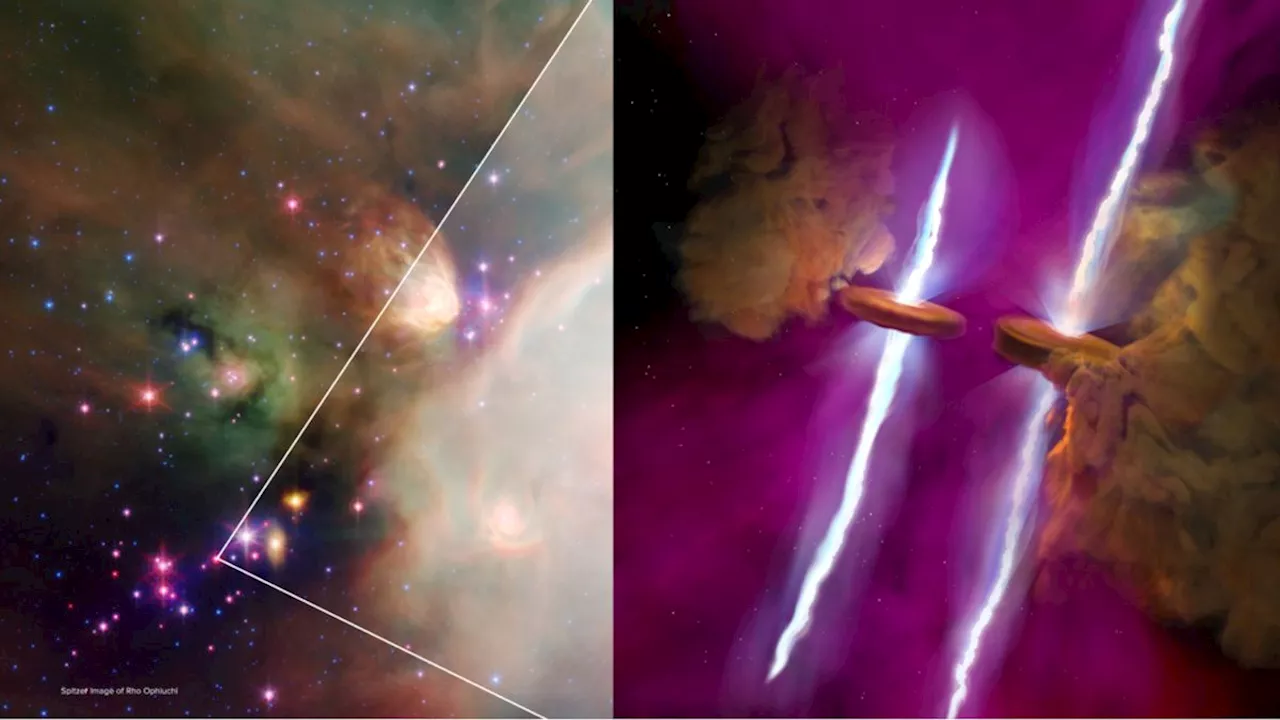Harry is a U.K.-based senior staff writer at Live Science. He studied marine biology at the University of Exeter before training to become a journalist. He covers a wide range of topics including space exploration, planetary science, space weather, climate change, animal behavior, evolution and paleontology.
A distant star first spotted decades ago is actually a pair of baby stars that are each spewing powerful energy jets parallel to one another, scientists have discovered.
However, recent observations from the Atacama Large Millimeter/submillimeter Array — a group of more than 60 radio antennas in Chile — hinted that this disk could actually be two separate disks. Follow-up observations from JWST then confirmed this. The space telescope also revealed the presence of stellar jets, which are made up of superheated material ejected by the stars' magnetic poles as they form.
By submitting your information you agree to the Terms & Conditions and Privacy Policy and are aged 16 or over.The two stars, which are yet to be individually named, are binary stars, meaning that they orbit one another. They likely formed from a single protoplanetary disk that fragmented early on in the star formation process, the researchers said.
United States Latest News, United States Headlines
Similar News:You can also read news stories similar to this one that we have collected from other news sources.
![]() Iconic Crab Nebula shines in gorgeous James Webb Space Telescope views (video, photo)Sharmila Kuthunur is a Seattle-based science journalist covering astronomy, astrophysics and space exploration. Follow her on X skuthunur.
Iconic Crab Nebula shines in gorgeous James Webb Space Telescope views (video, photo)Sharmila Kuthunur is a Seattle-based science journalist covering astronomy, astrophysics and space exploration. Follow her on X skuthunur.
Read more »
 Scientists investigate the origins of the Crab Nebula with James Webb Space TelescopeA team of scientists used the NASA/ESA/CSA James Webb Space Telescope to parse the composition of the Crab Nebula, a supernova remnant located 6,500 light-years away in the constellation Taurus.
Scientists investigate the origins of the Crab Nebula with James Webb Space TelescopeA team of scientists used the NASA/ESA/CSA James Webb Space Telescope to parse the composition of the Crab Nebula, a supernova remnant located 6,500 light-years away in the constellation Taurus.
Read more »
 'Supernova discovery machine' James Webb Space Telescope finds most distant star explosion on recordRobert Lea is a science journalist in the U.K. whose articles have been published in Physics World, New Scientist, Astronomy Magazine, All About Space, Newsweek and ZME Science. He also writes about science communication for Elsevier and the European Journal of Physics. Rob holds a bachelor of science degree in physics and astronomy from the U.K.
'Supernova discovery machine' James Webb Space Telescope finds most distant star explosion on recordRobert Lea is a science journalist in the U.K. whose articles have been published in Physics World, New Scientist, Astronomy Magazine, All About Space, Newsweek and ZME Science. He also writes about science communication for Elsevier and the European Journal of Physics. Rob holds a bachelor of science degree in physics and astronomy from the U.K.
Read more »
 James Webb Space Telescope spots asteroid collision in neighboring star systemRobert Lea is a science journalist in the U.K. whose articles have been published in Physics World, New Scientist, Astronomy Magazine, All About Space, Newsweek and ZME Science. He also writes about science communication for Elsevier and the European Journal of Physics. Rob holds a bachelor of science degree in physics and astronomy from the U.K.
James Webb Space Telescope spots asteroid collision in neighboring star systemRobert Lea is a science journalist in the U.K. whose articles have been published in Physics World, New Scientist, Astronomy Magazine, All About Space, Newsweek and ZME Science. He also writes about science communication for Elsevier and the European Journal of Physics. Rob holds a bachelor of science degree in physics and astronomy from the U.K.
Read more »
 Space photo of the week: James Webb and Chandra telescopes spot a 'lighthouse' pointed at EarthJamie Carter is a freelance journalist and regular Live Science contributor based in Cardiff, U.K. He is the author of A Stargazing Program For Beginners and lectures on astronomy and the natural world. Jamie regularly writes for Space.com, TechRadar.com, Forbes Science, BBC Wildlife magazine and Scientific American, and many others.
Space photo of the week: James Webb and Chandra telescopes spot a 'lighthouse' pointed at EarthJamie Carter is a freelance journalist and regular Live Science contributor based in Cardiff, U.K. He is the author of A Stargazing Program For Beginners and lectures on astronomy and the natural world. Jamie regularly writes for Space.com, TechRadar.com, Forbes Science, BBC Wildlife magazine and Scientific American, and many others.
Read more »
 NASA’s James Webb Space Telescope could help solve these 5 exoplanet puzzlesA lot of people are focused on signs of alien life, but the space telescope will have a lot to say about exoplanet geology and formation.
NASA’s James Webb Space Telescope could help solve these 5 exoplanet puzzlesA lot of people are focused on signs of alien life, but the space telescope will have a lot to say about exoplanet geology and formation.
Read more »
